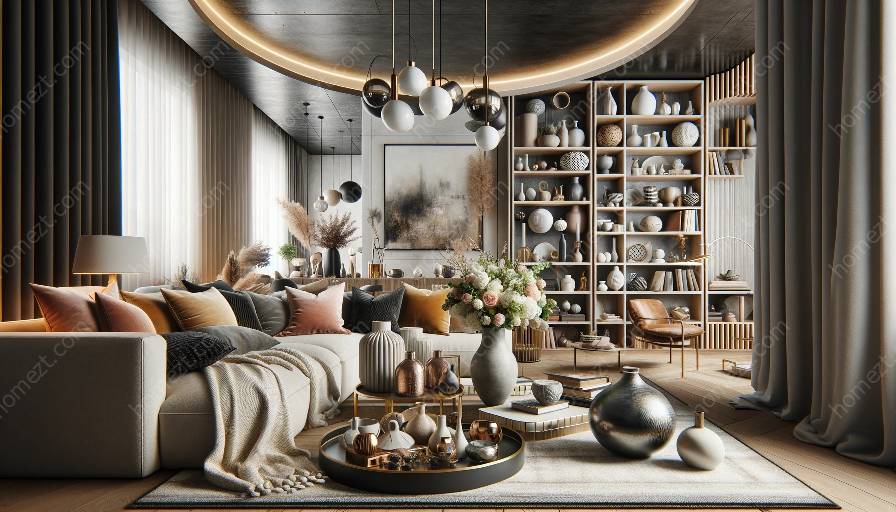When it comes to home decor, the role of texture and material in accessorizing a room is often underestimated. Texture and material are crucial elements in adding depth, interest, and personality to a space. Accessorizing a room with thoughtful consideration of texture and material can elevate the overall design and create a visually appealing and comfortable environment.
Importance of Texture
Texture refers to the surface quality of a material, and it plays a significant role in decorating and accessorizing a room. It adds dimension and tactile appeal, making a room feel more inviting and visually interesting. Incorporating different textures, such as smooth, rough, shiny, or matte, can create a dynamic and layered aesthetic.
When selecting accessories, consider the textures of the items and how they will interact with the existing elements in the room. For example, a chunky knit throw, a faux fur rug, or a weathered wood side table can add warmth and visual interest to a space. Combining these different textures can help create a cozy and inviting ambiance.
Impact of Materials
Materials, on the other hand, refer to the substances used to create the accessories and furnishings in a room. The choice of materials can greatly influence the overall style and atmosphere of a space. Whether it's the rawness of natural wood, the sleekness of glass, or the richness of metal, the materials used in accessories and decorations can convey different moods and aesthetics.
Understanding the impact of materials is essential in accessorizing a room. For instance, metallic finishes can introduce a touch of glamour and sophistication, while natural materials, such as rattan or jute, can bring a sense of earthiness and organic charm to a space. By carefully choosing materials that align with the desired ambiance, one can create a cohesive and harmonious design.
Creating Harmony Through Accessories
Accessorizing a room with texture and material in mind involves creating harmony and balance. Consider the existing elements in the room, such as furniture, flooring, and wall finishes, and select accessories that complement these features. A mix of contrasting textures and materials can create visual interest, but it's important to ensure that they harmonize with the overall design concept.
For example, if the decor features a lot of smooth and sleek surfaces, introducing accessories with rough or tactile textures can add depth and contrast. Similarly, integrating accessories with complementary materials can tie the design together and create a cohesive look.
Practical Considerations
Aside from aesthetics, texture and material in accessorizing a room also have practical implications. For instance, the choice of materials for accessories like pillows, curtains, and rugs can affect comfort and functionality. Soft, plush materials can enhance the comfort of seating areas, while durable and easy-to-clean materials may be more appropriate for high-traffic areas.
Additionally, considering the maintenance and durability of accessories is essential for creating a functional and livable space. Selecting materials that are suited to the lifestyle and specific needs of the inhabitants can ensure that the room not only looks great but also serves its practical purposes.
Conclusion
Texture and material are integral components in the art of accessorizing and decorating a room. By paying attention to the interplay of different textures and materials, one can transform a space into a visually appealing, comfortable, and functional living environment. Thoughtfully curated accessories that harmonize with the overall design concept can elevate the aesthetic value of a room while contributing to its functionality and livability.






































